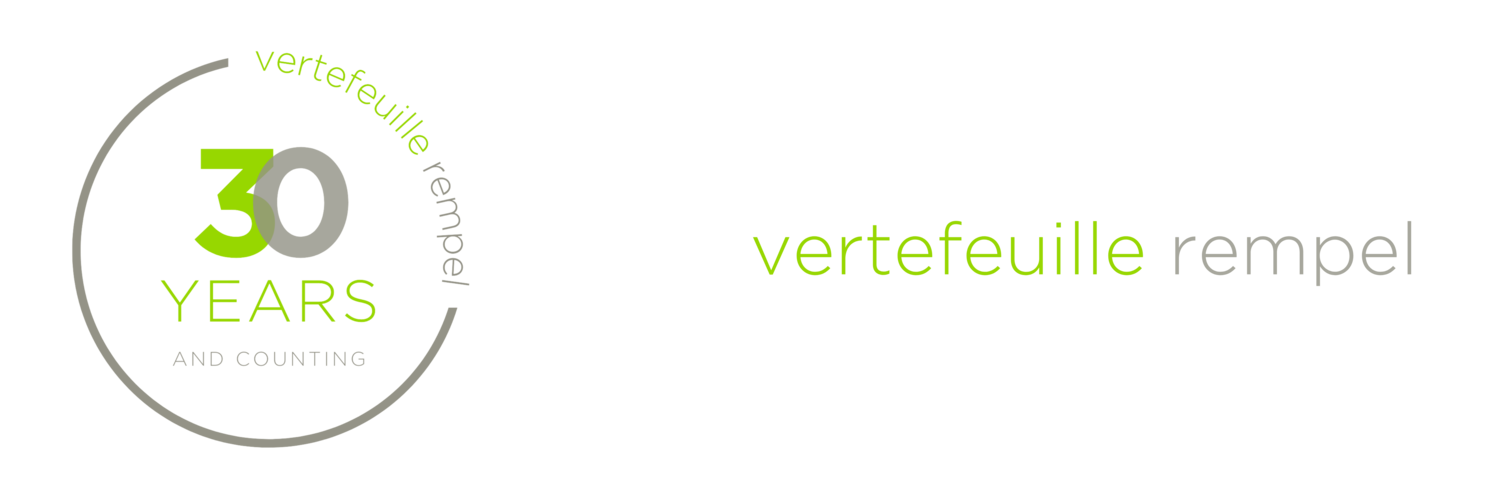Holding Companies - What Are They and When Would You Use One?
A holding company is a corporation that does not really have “active” operations. This type of corporation will usually hold investments like shares of your operating company, real estate or a non-registered investment account.
Perhaps you have begun to build up excess cash and investments in your operating company. Or maybe you have heard of other people who have more complex structures that include holding companies and trusts. The question is, does a holding company make sense for YOU?
It is always our philosophy that simpler is better. But there are points when you could benefit from adding additional entities into your corporate structure. In this article we will cover a few topics related to using a holding company.
To purify an operating company to allow for the Qualified Small Business Corporation (“QSBC”) conditions to be met:
As long-time readers likely recall, one of the considerations around incorporating your initial operating company was your ability to potentially access the Lifetime Capital Gains Exemption (“LCGE”), providing the shares of your operating company meet the conditions of being QSBC shares.
While a full discussion relating to the use of the LCGE and the QSBC conditions is beyond this article’s scope (although we do love talking about this), one condition that must be met for the shares to qualify is that in the 24 months prior to sale, greater than 50% of the fair market value of the corporation’s assets must be employed in active business in Canada.
If you have accumulated significant passive investments in your operating company, you may not be onside this condition. And on the sale of your shares, if these tests are not all met, you may be subject to tax.
A holding company can help as connected corporations can receive intercorporate dividends on a tax-free basis. This would allow you to “purify” your operating corporation of passive assets far enough in advance to allow you to get back onside the QSBC conditions. And by purify, we mean to move the passive assets from your operating company to your holding company in a very tax-effective manner.
Do remember that the LCGE can only be used by individuals, so even with the addition of a holding company, the set-up of the operating company’s shares is critical to ensure the LCGE can be used, even if all other conditions are met.
As part of an Estate Freeze:
Often, in the early days of a business, the corporation is set up quickly and without a full plan around who the shareholders would optimally be and why. This can lead to situations down the road where only one spouse is a shareholder, but both are actively involved in the business (which helps to prevent TOSI from applying).
Adding a shareholder at a later date, on a tax deferred basis, almost always requires a form of freeze, since the shares of the corporation have appreciated in value since incorporation.
One method of adding shareholders would be to incorporate a new holding company where all desired shareholders can subscribe for shares at a nominal value. Then we can use Section 85(1) to rollover the existing common shares of the operating company to the new holding company in exchange for preferred shares of the operating company.
This will effectively introduce additional shareholders to the structure and allow for additional current and longer-term tax planning strategies to be implemented.
Potential double taxation on death:
One possible disadvantage of accumulating a large number of assets in your holding company would be the potential double taxation on your death if you are the last shareholder to die owning the private shares.
On your final tax return, when you are the last spouse to die, your corporation’s shares will be deemed to have been disposed of at their fair market value. This can result in a taxable gain for your last tax return. Then, when your Estate draws funds out of the corporation to deal with the tax bill, a second layer of tax occurs.
There are options available to mitigate and reduce the potential double taxation on death, but careful planning is required in order to address this effectively. As you accumulate a larger asset pool in your holding company, it is good to consider what the tax and cash implications could look like and then plan accordingly, before your Estate is caught in that position.
Creditor protection:
Before you decide to add another entity to your group, we would recommend also speaking with your lawyer about whether a holding company would protect your assets from creditors.
While this may not change your decision, it could be an extra benefit.
As you can see, there are a lot of different considerations with holding companies. But the VR team is here to discuss your specific situation and help you find the best way forward!
The above material is current as of May 5, 2025.
The information presented is a general overview and not intended to cover specific situations. You should consult with your professional advisors directly before taking any action.
Vertefeuille Rempel Chartered Professional Accountants LLP, its partners, employees and agents do not accept or assume any liability by anyone relying on the information presented.
